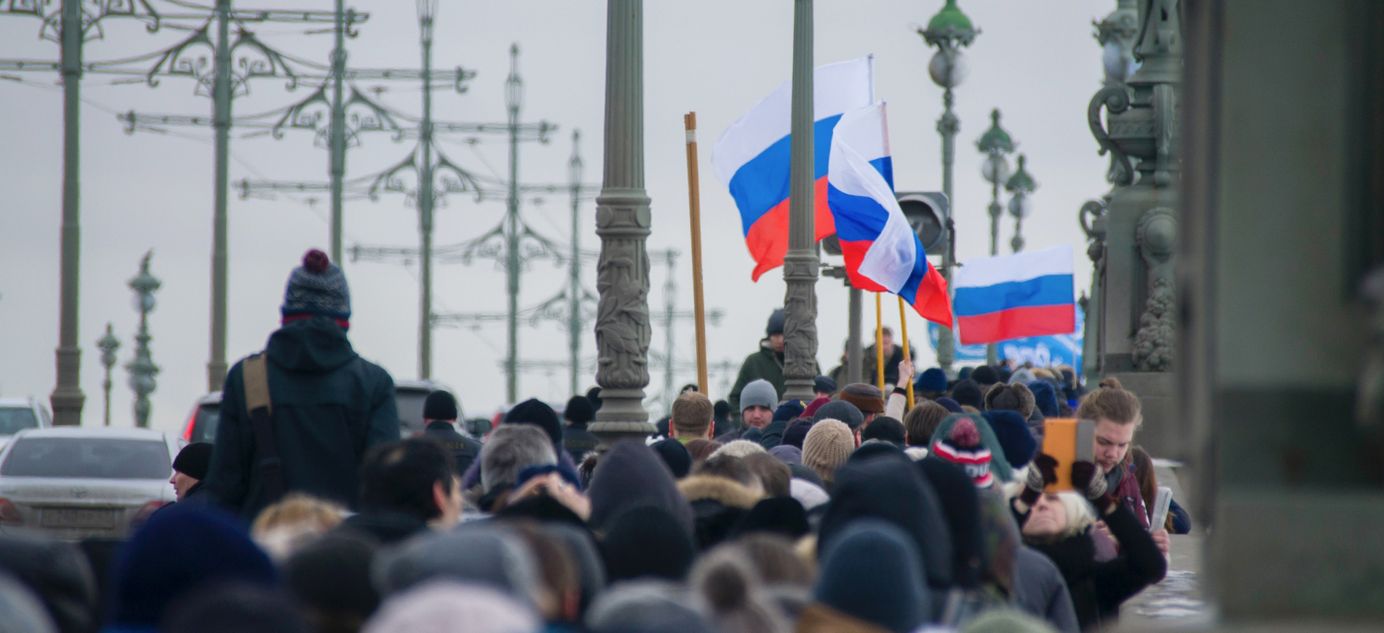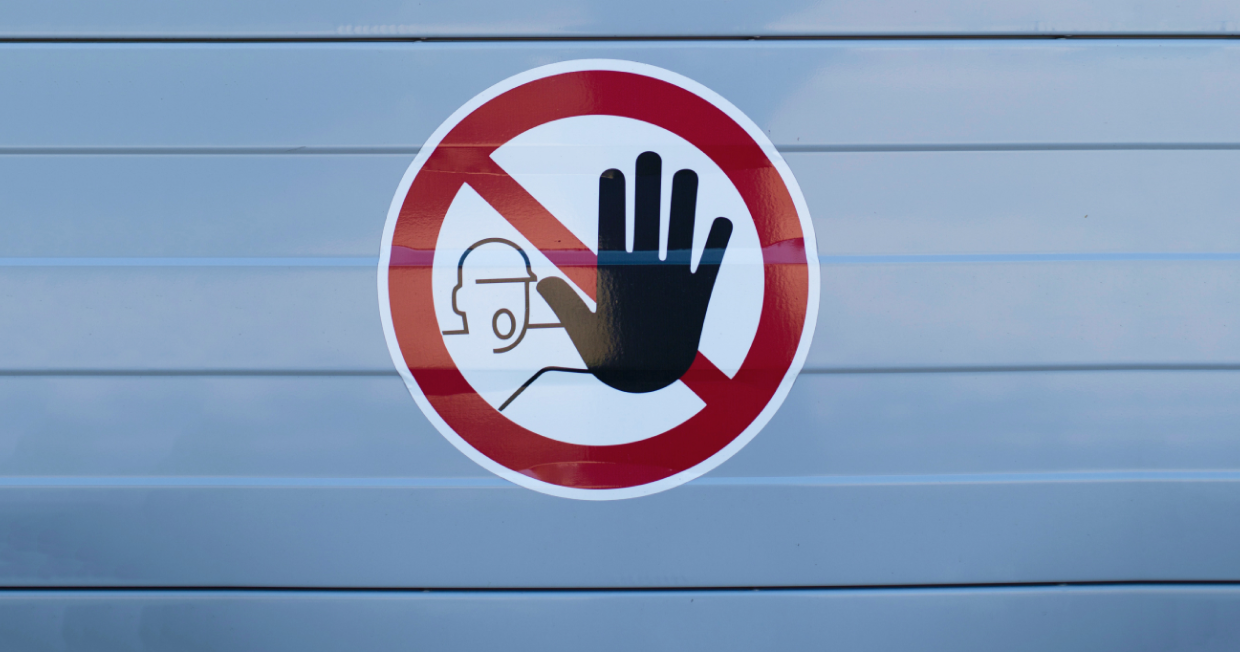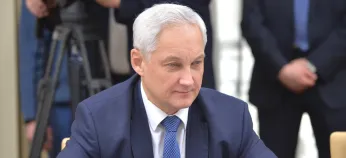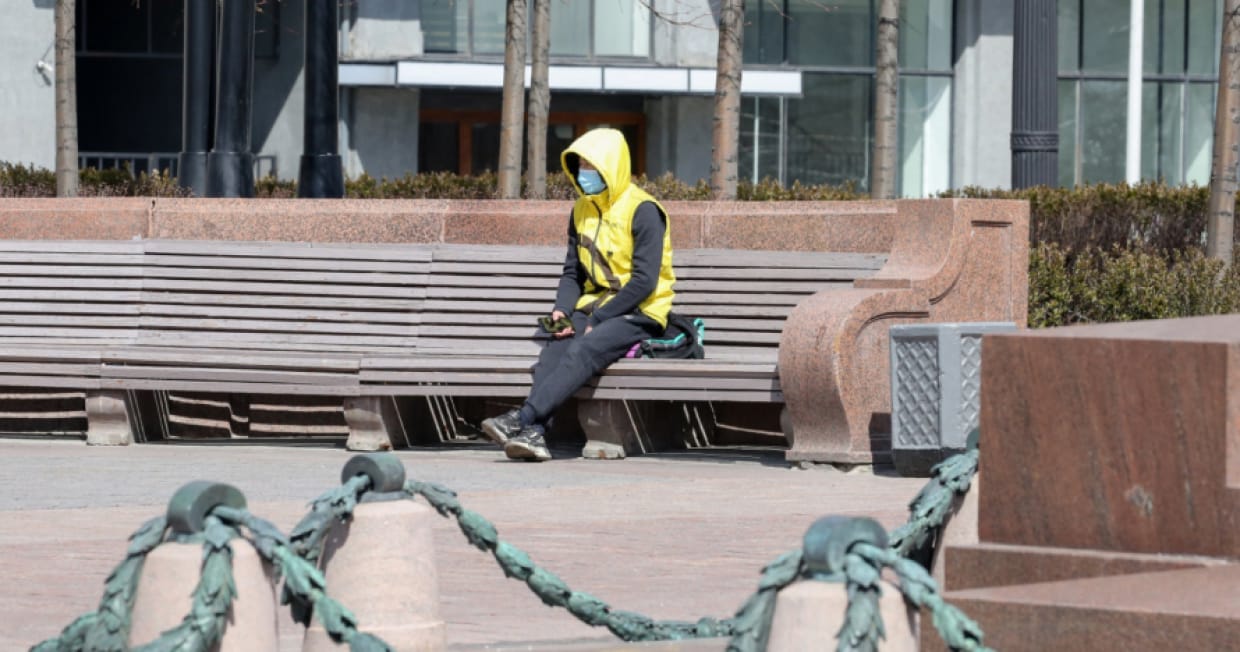
Omicron arrives in Russia
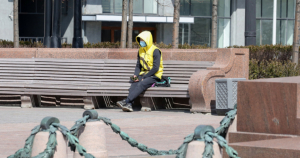
The Omicron variant of the coronavirus finally reached Russia last week. The Saturday tally of new cases hit 57,212, almost doubling in six days and hitting a new pandemic record. However, the authorities remain anxious about attempting to curb the spread of the virus.
- Compared with other countries, Russia’s infection numbers are relatively low (this is partly due to less testing). However, there are some signs of the seriousness of the problem: the Kremlin has not ruled out postponing a planned address by Putin, and the government announced Friday a full switch to remote working.
- Infectious disease doctors openly admit that infection rates in Russia could be much higher than the official figures, and that rising case numbers could continue well into February. Less than 50 percent of the population are fully vaccinated.
- Despite all this, it seems unlikely that there will be new restrictions. Newspaper Kommersant published Thursday a summary of discussions at the Expert Institute for Social Research, a think tank close to the Kremlin, which showed experts were in agreement that there is no justification for a lockdown. Any restrictions would be deeply unpopular with the public and possibly damage Putin’s poll ratings.
Why the world should care: The repeated attempts to push through legislation on compulsory QR-codes (that show your vaccine status) highlight the fact that the Russian public — and the authorities — are far more adverse to coronavirus restrictions than avoidable deaths. Such attitudes are exacerbated by an official reluctance to talk publicly about the dangers of the pandemic.

